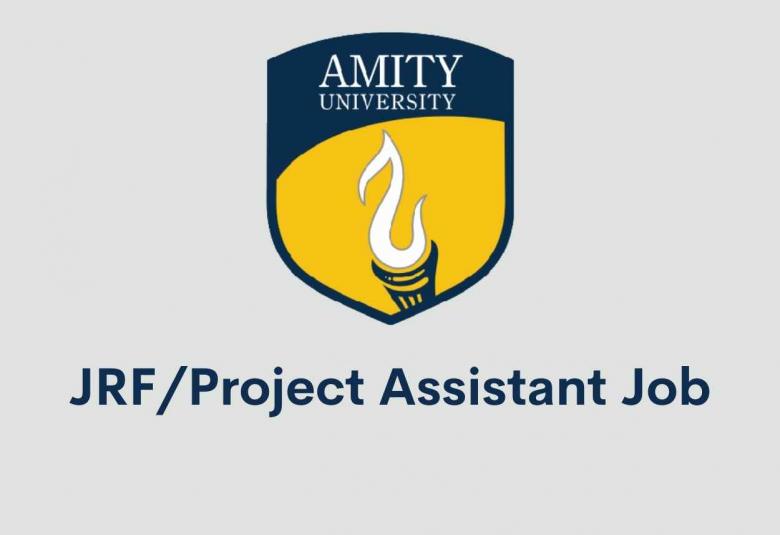PhD JRF/Project Assistant at Amity University
Amity University is part of the not-for-profit Amity Education Group with over 2 decades of excellence that includes 8 world-class universities, 25 schools and pre-schools, 150 top-ranked institutions and 12 international campuses across the globe. One of India’s leading education groups, Amity is home to over 125,000 students pursuing 300 Programmes in 60 diverse disciplines across pre-school to Ph.D. The 4500 strong faculty have the distinction of filing the highest number of patents in the last years, besides developing the highest number case studi



 Amity University is part of the not-for-profit Amity Education Group with over 2 decades of excellence that includes 8 world-class universities, 25 schools & pre-schools, 150 top-ranked institutions and 12 international campuses across London, Singapore, New Jersey, Dubai, Mauritius, Romania, Abu Dhabi, South Africa and China.
Amity University is part of the not-for-profit Amity Education Group with over 2 decades of excellence that includes 8 world-class universities, 25 schools & pre-schools, 150 top-ranked institutions and 12 international campuses across London, Singapore, New Jersey, Dubai, Mauritius, Romania, Abu Dhabi, South Africa and China.





